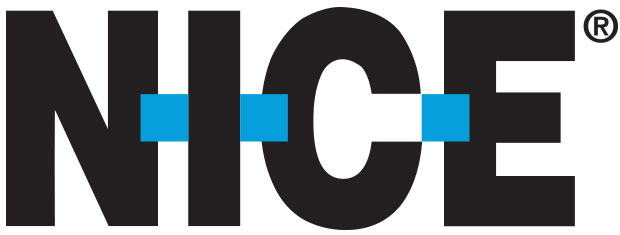NICE on Tuesday debuted its NICE Employee Virtual Attendant, or NEVA, a process automation bot powered by the company’s desktop automation technology.
With chatbot capabilities, NEVA “is designed for both front- and back-office employees,” said NICE VP Oded Karev, head of advanced process automation.

Employees can use NEVA either to execute a complex business process or inquire about a process, he told CRM Buyer. “The latter use is common in a dynamic compliance-driven environment where processes are highly influenced by changing laws, regulations and company policies.”
NEVA could be a natural for the healthcare field, for example.
It implements routine and repetitive tasks faster and more accurately than customer service agents can perform them, and with complete adherence to company policies, according to the company, resulting in increased productivity, improved process accuracy and greater customer satisfaction.
“The market for providing automation for employees is extremely important,” said Alan Lepofsky, principal analyst at Constellation Research.
“Employees are overwhelmed with too much information coming from too many applications,” he told CRM Buyer. “The first barrier in getting assistance is often not even knowing where to look.”
Helping New Hires
NEVA gives new employees on-the-job training through step-by-step process guidance, doing away with the need for classroom training sessions. By reminding employees to follow policy-based processes — such as reading a required disclaimer, checking a required box, or completing a step in the process — it drives compliance.
It “can guide employees through completing complex tasks,” Karev noted.
NEVA “shortens training time, and is available to answer any questions relating to systems, processes and policies, or regulations,” he added.
Design time analysis is built into the solution, so NEVA can detect when an employee needs guidance from their mouse clicks and keystrokes. It can respond automatically to such desktop activity to provide real-time, contextual process guidance.
NEVA’s interface invites employees to request assistance and ask questions through voice or text chat when needed.
Helping Sales Teams
NEVA’s intelligent decisioning engine translates requests into structured workflow actions, and interacts with desktop systems to execute the requests, the company said. It pulls data from back-end systems and can put together a script listing the next best actions at the opportune time as a guide for the employee.
The script can be developed from records of sales interactions or other sources. Business analysts will review the parameters that can define the next best action during the design phase, Karev said.
Sales teams constitute one of the major target markets, but “as many processes depend on changing data or interactions with others, different departments and teams within an enterprise can also benefit,” Karev observed.
Sales force automation might prove to be a good market for NEVA.
Artificial intelligence is a good fit for SFA software because “SFA lacks completeness, consistency, and accuracy of win/loss data,” observed Rebecca Wettemann, VP of research at Nucleus Research.
Most CRM software vendors have listed embedded AI on their roadmaps, if they don’t already include it in their products now, she told CRM Buyer.
Further, “customer service is ripe for AI because of the volume and consistency of customer case records that can be used to train AI-enabled applications,” Wettemann noted.
Playing Nicely With Others
Based on the NICE Robotic Process Automation platform, NEVA is fully customizable and easy to deploy, according to the company.
The NICE RPA guarantees connectivity to any application anywhere, regardless of platform.
NICE developed object-based connectivity, a method in which the RPA connectors use the native application’s interfaces and the local operating system’s APIs to communicate directly with the automated application.
The NICE RPA combines this object-based connectivity with surface connectivity, which uses keyboard, mouse and screen elements to trigger and interact with native applications.
However, “With interactive knowledge bases and AI-powered chatbots already reducing the need for agent interactions,” Wettemann observed, “this is an ironic niche.”














































Social Media
See all Social Media